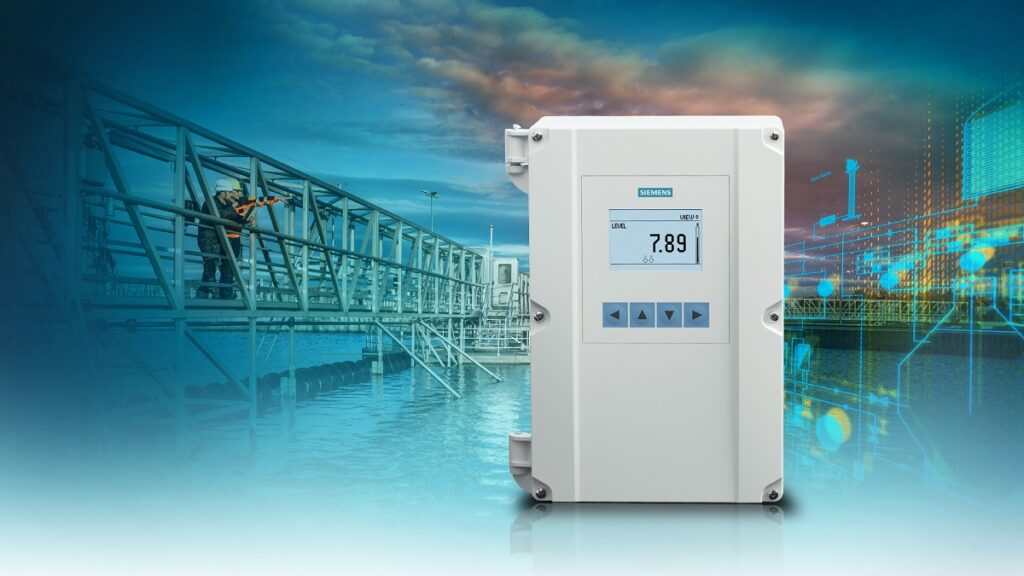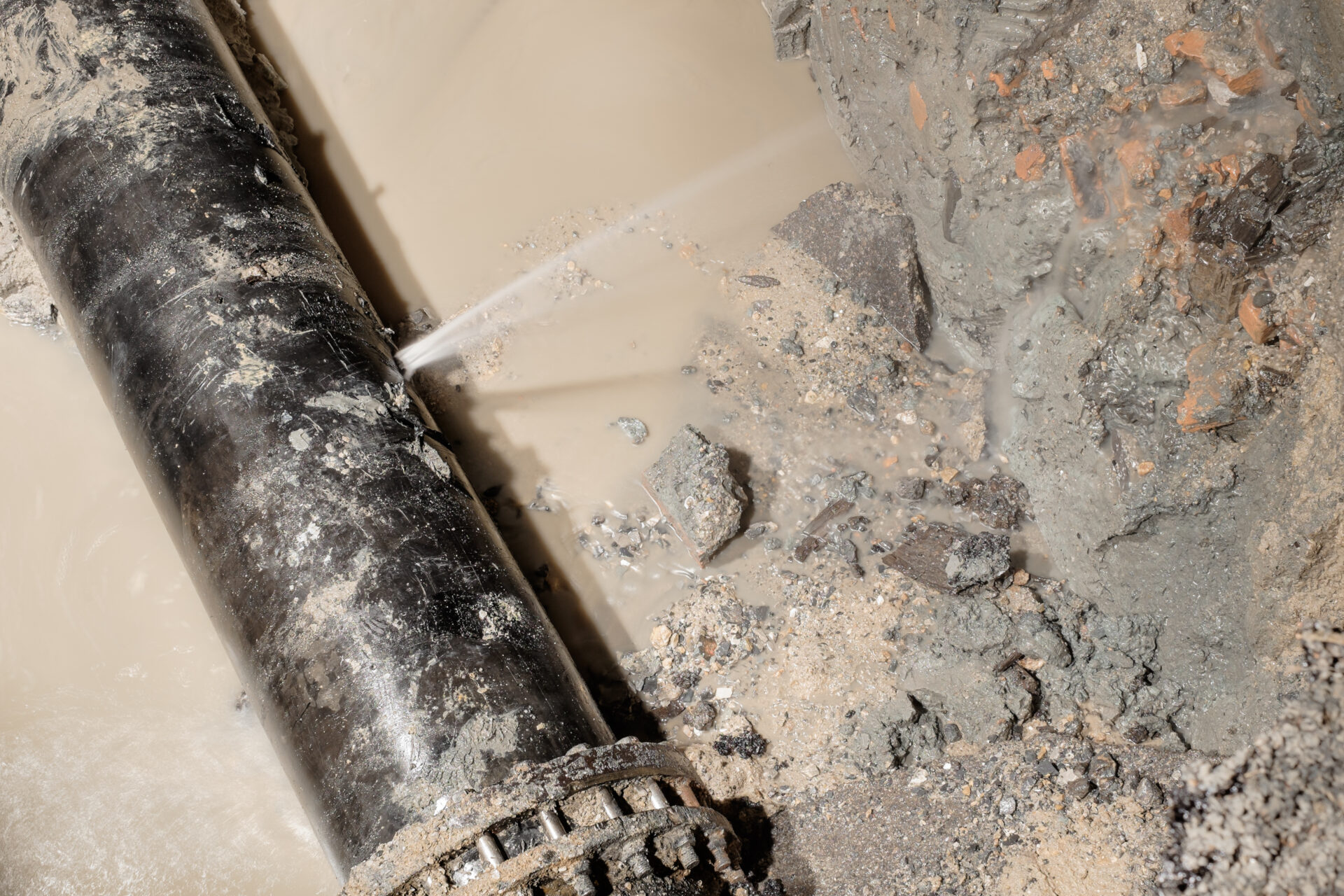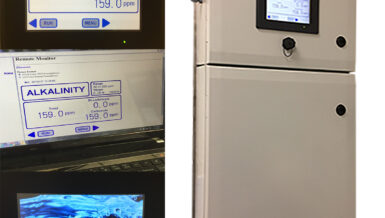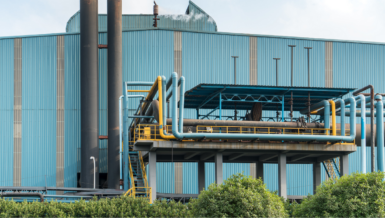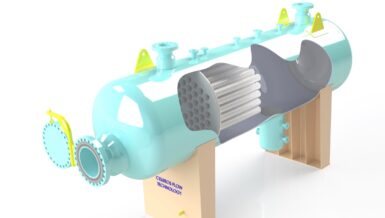Data is at the core of digitalization:
It is essential to collect, understand and use the massive amount of data created in the Industrial Internet of Things (IIoT). The Digital Enterprise is doing exactly this by combining the real and the digital worlds. As a result, the infinite amount of data created allows us to use our finite resources more efficiently.
So where does all this data come from? Any process plant constantly generates a high volume of status data: friction coefficients every time a valve moves, tiny changes in pressure or flow, rising temperatures in the electronics, or changes in other parameters. What’s new is that this status data can now be extracted from the plant, stored, analyzed, and prepared to meet the specific needs of the operator and continuously lower marginal costs. From targeted monitoring of critical measurement points to complete asset management covering instrumentation for multiple plants, the opportunities are unlimited.
Industrial Internet of Things:
The Industrial Internet of Things, or IIoT, refers to the billions of connected devices that are filled with sensors, connected to the internet, and gathering and sharing data. The growing acceptance of connected devices in conjunction with the lower costs of connecting assets and instruments to the internet has allowed access to this process data that can then be collected and analyzed to make business more efficient.
Applications of using Process Data:
As mentioned above, there are many opportunities to improve your business and adopt digital technologies when harnessing the data that is coming from the field level. It can vary from a simple visualization of important data, all the way to a complex system of using artificial intelligence and deep learning for your systems to learn from your own data. Below I highlight three stages of digital transformation and provide examples of use cases that can be created from leveraging data.
- Connect and Monitor – Connecting and monitoring your assets is the starting block for digital transformation with data and is extremely valuable for any organization. With simple access to this data, businesses can gain visibility into remote process variables, as well as provide condition monitoring and asset management of important assets to avoid costly unplanned downtime.
- Analyze and Predict – The Analyze and Predict stage builds on connecting & monitoring your devices. In this stage, advanced data algorithms analyze data to provide insight into device/asset usage and define trends to predict possible issues in availability and operations. This can be combined with prescriptive steps to improve operational health, maintenance, energy usage and optimized resource scheduling.
- Digitize and Transform – At the more advanced end of digital transformation, the use of data allows for more complex capabilities like creating feedback loops into Digital Twins of Product, Production and Performance. This allows companies to interconnect digital, virtual twins of physical assets and systems, while leveraging simulation and “what if” scenarios.
Water Distribution Networks and Flow Meters:
The water industry is no exception to benefitting from the use of data and connected instruments. Water is the most valuable resource on our planet. That’s why efficiency and quality are top priorities. These goals are becoming increasingly difficult to achieve as the expense of providing clean water grows in many regions, while at the same time operations have to be as efficient and economical as possible. The consistent, end-to-end digitalization of plants and processes helps the water and wastewater industry meet these challenges.
The health of a water distribution system is key, as the part of a water supply network with components that carry potable water from a centralized treatment plant to residential, commercial, and industrial water consumers. They are a complex system of pipelines, storage facilities, pumps, and other assets that must deliver a constant supply of pressurized, safe drinking water. With additional strain from urbanization, and aging infrastructure, these utilities must take advantage of their instruments and the data that they have.
One of the main instruments in a water distribution network measures the overall flow of water, and this is generally done with a magnetic flow meter. A magnetic flow meter is a volumetric flow meter that does not have any moving parts. It is best for water/wastewater applications or any liquid that is conductive. They are generally used in distribution networks for the calculation of water balances and to detect leaks. These are extremely important variables for a water distribution network to guarantee supply and safety of its drinking water, so how can they leverage this data for more insights and resiliency of the overall network?
Digital Monitoring Application: Serve IQ
With distribution networks spanning millions of miles in the US, access to flow meters and the important process data they provide can be challenging to access. SITRANS serve IQ is an on-premise application to acquire measurement data that has been sent from remote sensors, including flow measurement instruments. In most distribution networks, data is either stranded locally on these remote devices or measurement values and alarms are sent in csv-format via email. Data transferred in this way can be difficult and resource intensive to leverage and extract valuable insights; this is where serve IQ can help.
When data from supported devices is sent to the predefined email account, SITRANS serve IQ reads and parses the email attachment containing the valid measurement data and stores it locally on your PC. Now that the data is accessed, collected, and stored, SITRANS serve IQ can then visualize this data in trends, display alarms, and download the data in customized tables for all authorized users. If required, this measurement data can also be sent forward to a SCADA system via IEC 60870-5-104 telemetry protocol widely used in the water and power industries, and additionally, all the main stakeholders will have access to this data, even those off site, securely through a chrome web browser.
Leveraging Your Collected Data:
Once the SITRANS serve IQ solution is set up and the data is securely collected, the value and potential of that information is unlocked. Visibility and transparency of this remote process data means visibility and transparency of the health of your instruments, assets, and overall process. SITRANS Serve IQ will be continuously looking at these measurement values against configurable upper and lower limits, and values exceeding the limits will be reported as a warning or alarm, depending on the user setting. Process values, device locations, historical trending data, as well as alarms will all be available at key stakeholders’ fingertips, whether they are in the control room, on a mobile tablet, or remotely accessing this data from an off-site location via a web browser application. Take control of your water distribution network, optimize your maintenance and operators time, reduce unplanned downtime, and quickly identify issues by leveraging your process data with SITRANS Serve IQ.



